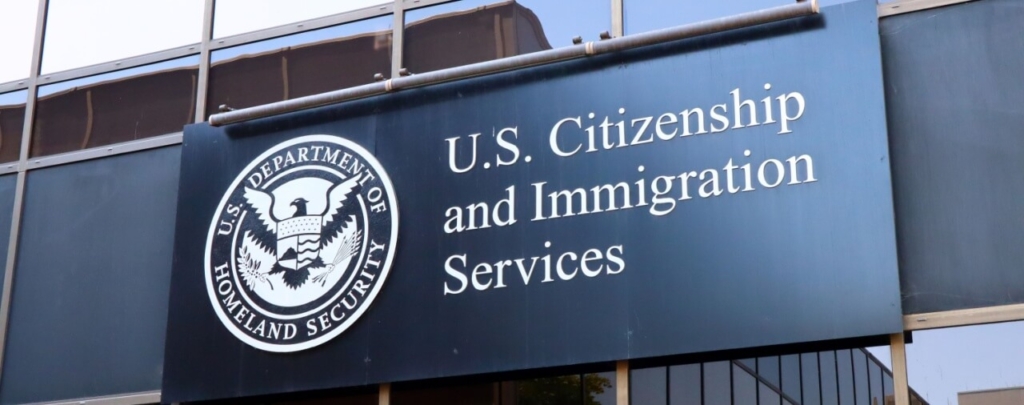On February 2, 2016, the Senate Judiciary Committee questioned officials from the United States Citizenship and Immigration Services (USCIS) and the Securities Exchange Commission (SEC) on oversight of the EB5 Regional Center Program.
The Senate Judiciary Committee is chaired by Senator Chuck Grassley (R-Iowa) and the ranking Democrat is Senator Patrick Leahy (D-Vermont). I discussed a legislative proposal by Senators Grassley and Leahy to reform the EB5 program by increasing oversight over it here and here.
In my previous articles on the debate over the future of the EB5 program, I highlighted various proposals being floated in both the U.S. House and Senate. The Hill reports that the plot has thickened now, as competing legislation drafted by Senator Jeff Flake (R-Arizona) and signed on to by Senators Chuck Schumer (D-New York) and John Cornyn (R-Texas) is set to be proposed.
Like the Grassley-Leahy bill, the bill drafted by Senator Flake would maintain the EB5 Regional Center Program with certain changes, such as increased oversight and raising the minimum investment level. However, the draft legislation proposed by Senator Flake diverges significantly from the Grassley-Leahy legislation in how it defines a “targeted employment area” (TEA) for EB5 immigrant investor purposes. Senators Flake, Schumer, and Cornyn, who played a significant role in keeping the Grassley-Leahy legislation out of the federal omnibus bill, objected to what they perceived as the Grassley-Leahy legislation’s design to funnel EB5 investment to rural areas instead of urban areas.
Indeed, on December 17, 2015, after his legislation had been left out of the omnibus legislation, Senator Grassley stated on the Senate floor:
How many more projects in midtown Manhattan at the expense of rural America need to be highlighted? How many more headlines are needed before the program is going to be fixed?
Senator Schumer stated in late January after he had signed on to Senator Flake’s legislation that:
Grassley’s reform proposals I think most people agree on. It’s the distribution between urban and rural that needs to be worked out.
Senator Cornyn said of the effort to attach the original Grassley-Leahy bill to the omnibus:
There’s a lot of common groud.” and “but rather than try to pass it an omnibus appropriation bill without having much of the way in daylight or transparency involved, we need to have a hearing and then a regular markup.
The debate is interesting given the players involved. Senator Grassley is Chairman of the Judiciary Committee, and Senator Leahy is the top-ranking Democrat. Senator Cornyn is the second-ranking Republican in the U.S. Senate, and Senator Schumer is both the third-ranking Democrat and the presumptive next leader of the Senate Democratic Caucus after Senate Majority Leader Harry Reid retires next January. These are Senators with seniority and influential positions in their respective caucuses.
That the EB5 regional center program has attracted interest from such influential members from both parties in the Senate perhaps bodes well for legislation bringing long-term stability to the program being passed in advance of the expiration of its authorization on September 30, 2016. As I noted in previous articles on the EB5 program, most of the proposals being floated seek to continue the program. In the case of the Grassley-Leahy proposal against the Flake proposal, the difference appears to be where EB5 investments should be directed rather than over the fundamentals of the EB5 program itself. While a vote on a final resolution of the EB5 program is not imminent, there seems to be good reason for advocates to believe that Congress is making progress toward providing attorneys and future beneficiaries of the program certainty about its future.
In any case, it does seem likely that changes will be coming in the future. In the hearing before the Judiciary Committee that I referenced at the beginning of the article, Senator Grassley called USCIS’s and the SEC’s efforts to improve and increase oversight of the program “a bland attempt to fix the program.”
While we cannot be sure exactly what form changes in the EB5 program will take, there is momentum from many sides to tighten the EB5 Regional Center Program rules and increase oversight.
Resources and Materials:
Lane, Sylvan, “Battle brewing over foreign investor visas,” The Hill, (Feb. 1, 2016), available at http://thehill.com/policy/finance/267779-battle-brewing-over-foreign-investor-visas
Lane, Sylvan, “Senators struggle to bridge divide on foreign investor visas,” The Hill, (Feb. 2, 2016) available at http://thehill.com/policy/finance/economy/267880-senators-struggle-to-bridge-divide-on-foreign-investor-visas
C-Span, “The Failures and Future of the EB-5 Regional Center Program: Can it be Fixed?” (Feb 2. 2016), , available at http://www.c-span.org/video/?403800-1/failures-future-eb5-regional-center-program-can-fixed





